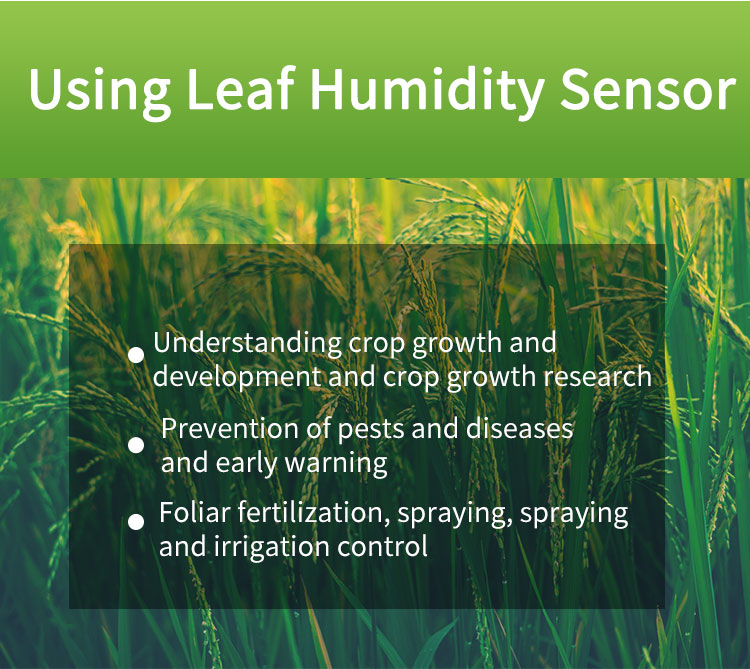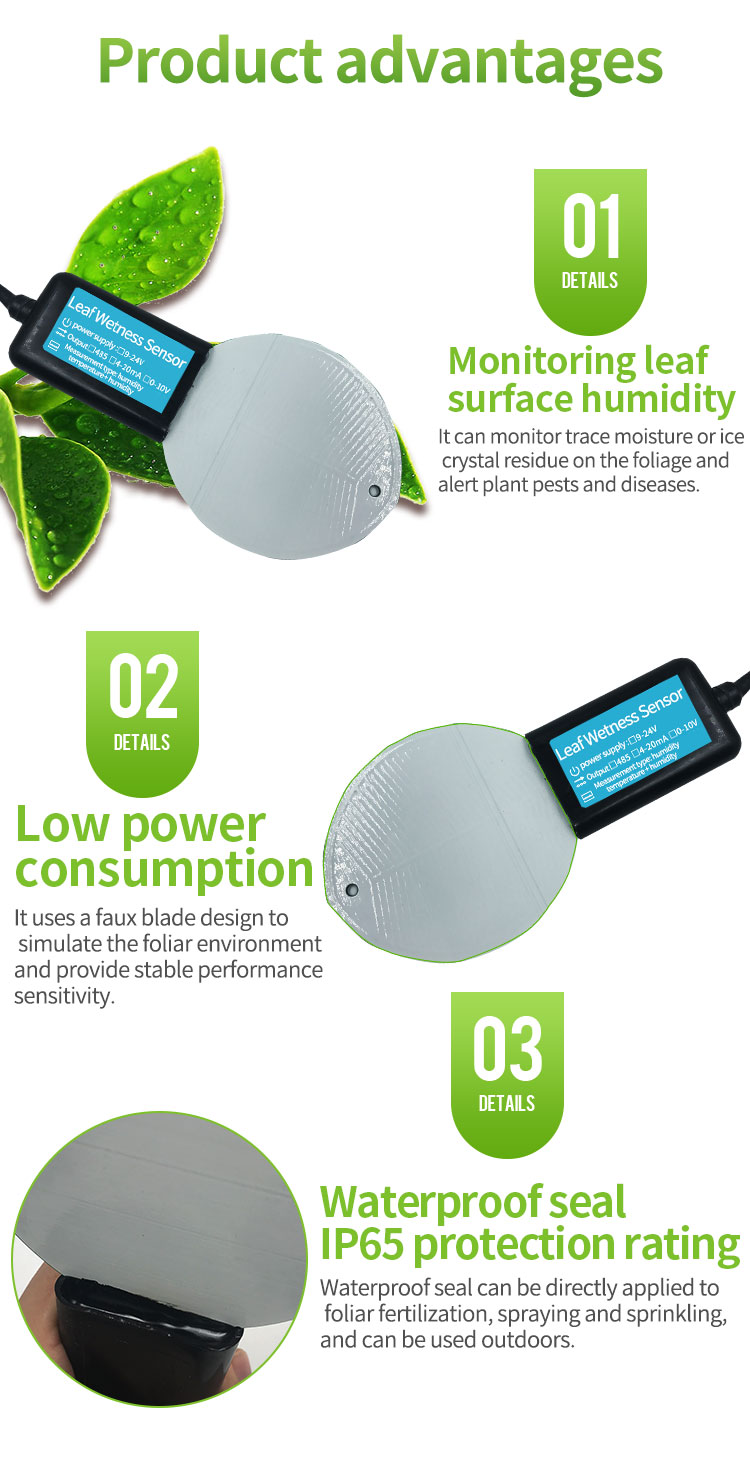Precision agriculture has revolutionized the way we approach farming, making it more efficient, sustainable, and productive. One of the key factors enabling this transformation is the advent of soil sensors. These small but powerful devices have opened up a new era in agriculture, providing farmers with real-time data on soil conditions. In this article, we will explore the power of soil sensors and how they are transforming the landscape of precision agriculture.
Real-time Monitoring:
Traditional soil analysis methods involve tedious and time-consuming laboratory testing. This often leads to delays in decision-making, as farmers have to wait for the results before taking appropriate actions. Soil sensors, on the other hand, provide instant data on key soil parameters such as moisture content, temperature, pH levels, and nutrient availability. This real-time information allows farmers to make timely adjustments in irrigation, fertilization, and other management practices, ultimately improving crop yield.

Precision Resource Management:
One of the major advantages of soil sensors is their ability to enable precision resource management. By installing sensors throughout fields, farmers can gain insights into the variability of soil conditions across different areas. This allows for targeted application of water, fertilizers, and pesticides, avoiding unnecessary usage and reducing environmental impact. With the help of soil sensors, farmers can optimize the allocation of resources and ensure that crops receive exactly what they need, where they need it.
Efficient Water Management:
Water scarcity is a growing concern in agriculture. Effective water management is crucial for maximizing crop yield while conserving water resources. Soil sensors provide detailed information on soil moisture levels, enabling farmers to accurately determine when and how much to irrigate. By avoiding over- or under-irrigation, crops receive adequate water, ensuring optimal growth and minimizing the risk of water stress. Furthermore, soil sensors can be integrated with irrigation systems, allowing for automated and precise control of water application based on real-time data.
Nutrient Management:
Proper nutrient management is essential for healthy plant growth and high crop yields. However, excessive or inadequate fertilizer application can lead to nutrient wastage, environmental pollution, and reduced crop productivity. Soil sensors enable farmers to monitor nutrient levels in the soil, ensuring that plants receive adequate nutrition throughout their growth stages. By accurately assessing nutrient availability, farmers can adjust fertilizer application rates and timing to meet the specific needs of crops. This targeted approach minimizes nutrient wastage, reduces environmental pollution, and maximizes the efficiency of nutrient utilization, leading to improved crop yield.
Disease and Pest Management:
Disease and pest outbreaks can cause significant losses in crop production. Monitoring soil conditions can help predict and prevent such outbreaks. Certain soil properties, such as moisture and temperature, play a crucial role in determining the presence and activity of pathogens and pests. By monitoring these parameters using soil sensors, farmers can anticipate and respond to disease and pest outbreaks promptly. Early detection allows for timely intervention, such as targeted pesticide application, reducing crop losses and ensuring higher yields.
Soil Health Assessment:
Healthy soil is the foundation for productive farming systems. Soil sensors provide valuable insights into soil health by measuring parameters such as organic matter content, compaction, and pH levels. This information helps farmers assess soil quality, identify areas that require remediation or improvement, and implement appropriate management practices. By actively monitoring soil health using sensors, farmers can develop sustainable soil management strategies, maintain soil fertility, and maximize crop yield in the long term.

Data-driven Decision Making:
Soil sensor technology generates vast amounts of data, which can be leveraged to make informed decisions and optimize farming practices. By collecting and analyzing historical data from soil sensors, farmers can identify trends, patterns, and correlations between soil conditions and crop performance. This knowledge facilitates evidence-based decision-making, enabling farmers to fine-tune their management practices, select suitable crop varieties, and adapt to changing environmental conditions. Data-driven decision making, with the support of soil sensors, is a powerful tool for increasing crop yield and improving overall farm efficiency.







